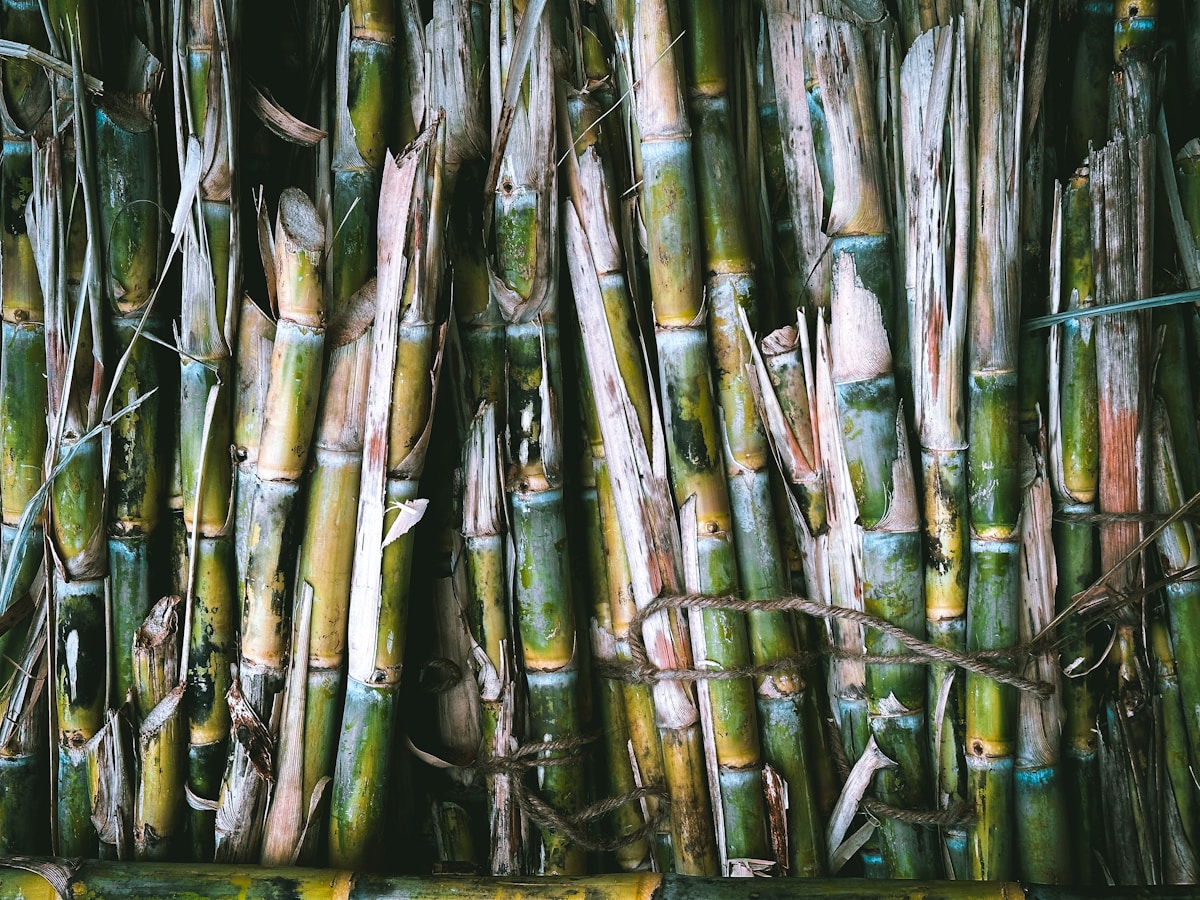Back to Industry News
Cleantech
Sugarcane Bagasse Fuels Brazil's Renewable Energy Production
Summary generated with AI, editor-reviewed
Heartspace News Desk

Photo by J A N U P R A S A D on Unsplash
Stay updated on stories like this
Key takeaways
- Brazil increasingly relies on sugarcane bagasse to generate power, especially during dry seasons
- As hydroelectric reservoirs deplete, bagasse bioelectricity provides a crucial, stable energy source
- Studies confirm that using sugarcane waste for power generation reduces environmental impact compared to fossil fuels
Brazil increasingly relies on sugarcane bagasse to generate power, especially during dry seasons. As hydroelectric reservoirs deplete, bagasse bioelectricity provides a crucial, stable energy source. Studies confirm that using sugarcane waste for power generation reduces environmental impact compared to fossil fuels. Burning bagasse releases approximately 0.23 kg of CO₂ per kWh, significantly less than diesel plants' 1.06 kg per kWh. This offers a substantial environmental advantage.
Despite the benefits, infrastructure gaps hinder full potential. Limited investment in irrigation, inadequate infrastructure, and a lack of advanced climate warning systems impede biomass production. These challenges affect the sector's ability to withstand prolonged droughts. Integrating bagasse-derived bioelectricity with solar and hydroelectric power strengthens the national grid's resilience.
By maximizing bagasse and straw usage, Brazil reduces its dependence on fossil fuels. This promotes sustainable resource management, contributing to a more balanced and resilient energy mix. Further investment in infrastructure and climate monitoring will be crucial to fully realize sugarcane's potential in Brazil's energy future.
Related Topics
sugarcane bagassebioelectricityrenewable energyBrazildroughtCO2 emissions
Never miss stories like this